China has emerged as the primary channel for Western technology reaching Russia‘s military drone program, with approximately 80% of critical components now flowing through Chinese supply chains, according to a comprehensive national security report released Wednesday by Estonia’s foreign intelligence service.
“Chinese interests here lie in preventing Russia from losing the war in Ukraine as such an outcome would represent a victory for the United States, which is the main rival for China,” explained Kaupo Rosin, director general of the Estonian intelligence service, during a video briefing with reporters.
The assessment, which comes from a NATO member state that closely monitors Russian military capabilities, builds on previous Ukrainian battlefield analysis that found roughly 60% of foreign components in Russian weapons originated from Chinese sources, reports Reuters. Russia currently lacks domestic alternatives for these essential drone components, making the Chinese supply chain critical to their military drone production.
“The Chinese government… facilitates bilateral cooperation and covert transfers of dual-use components through private companies,” the report states, suggesting this arrangement could ultimately reduce Russia’s dependence on Western technology. The intelligence assessment indicates that offices of Western companies in China may be involved in these transfer schemes.
The Chinese embassy in Tallinn strongly rejected these findings. A spokesperson called the accusations “without any substantial evidence by an unreliable institution” and part of “a coordinated and deliberate smear campaign against China.” The embassy maintained that China implements the world’s strictest controls on drone components and does not provide weapons to parties in the conflict.
The report reveals that Russia is making substantial investments in expanding its drone production capabilities, including developing an advanced domestic version of Iranian one-way drones. This development comes as Russia works to expand its military from 600-700 thousand personnel in autumn 2022 to a target of 1.5 million.
For the Western technology sector, these findings raise critical questions about the effectiveness of current export controls and the challenges of preventing dual-use components from being redirected to military applications through intermediary channels.
Discover more from DroneXL.co
Subscribe to get the latest posts sent to your email.
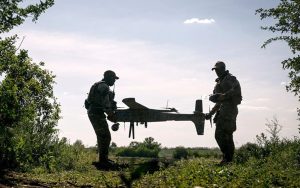

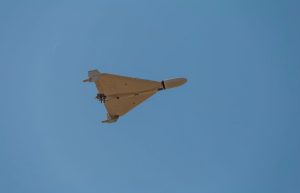

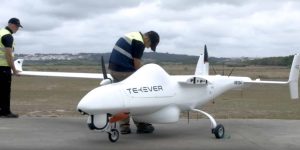
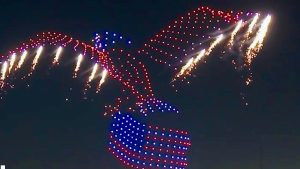



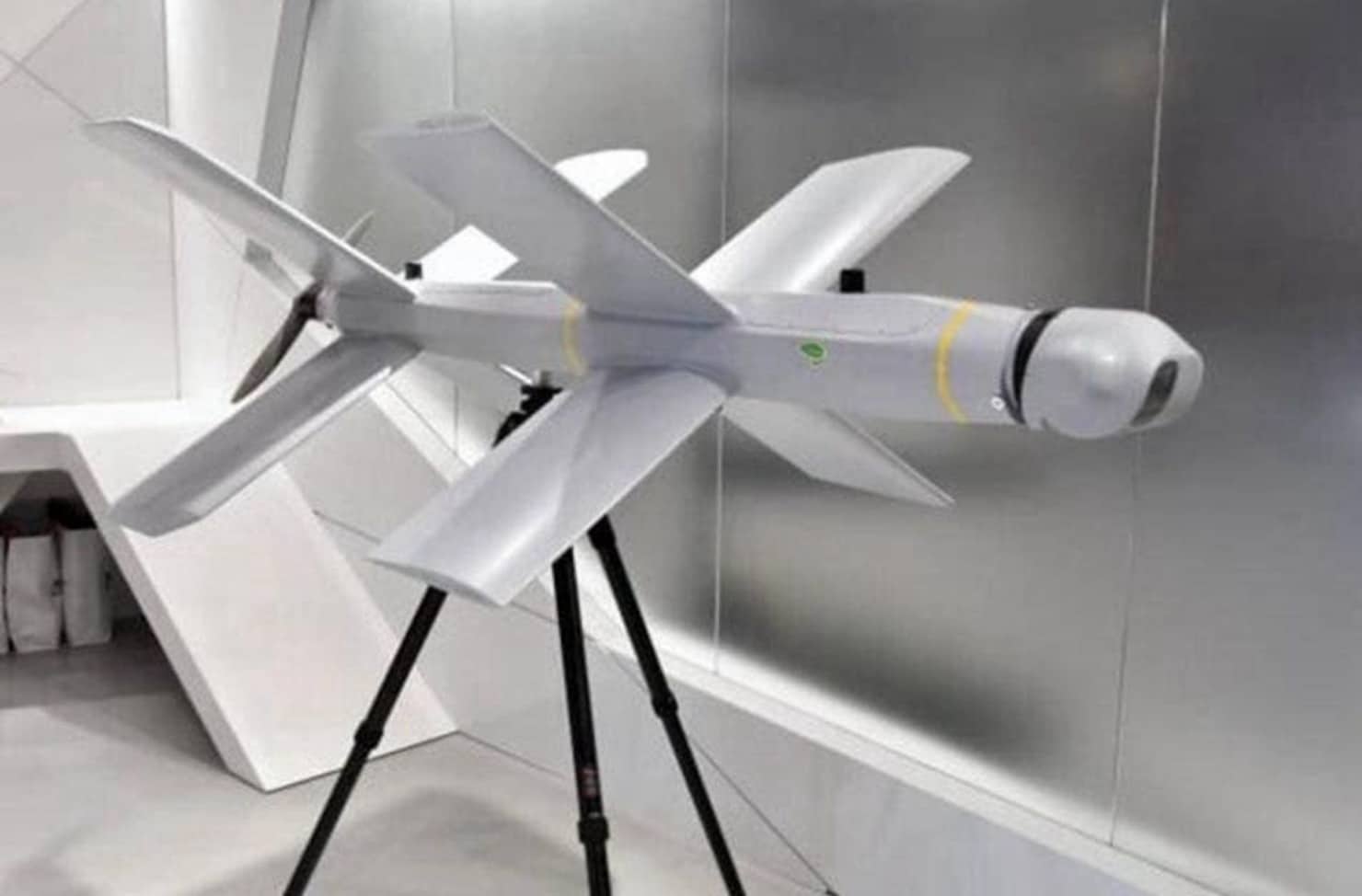
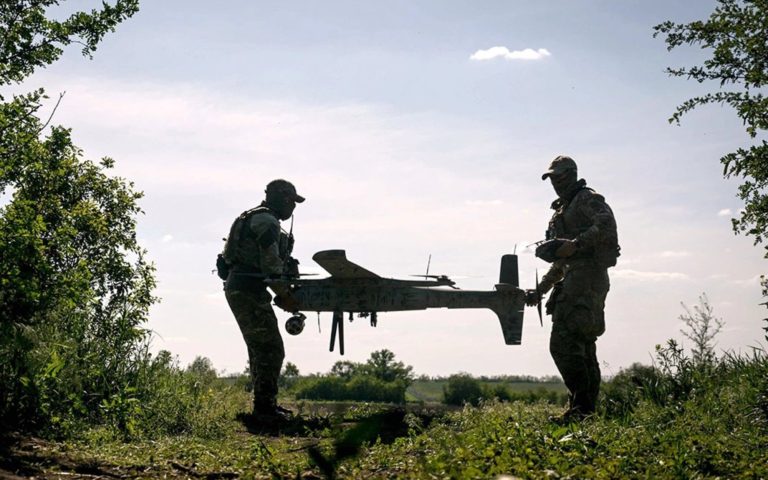
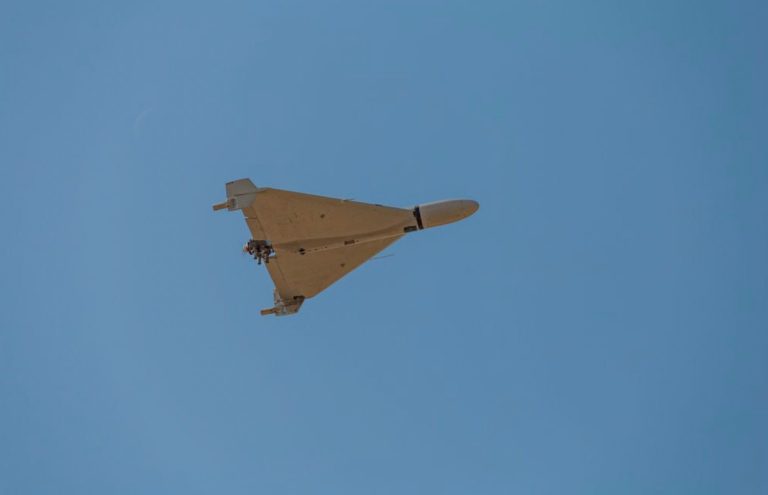

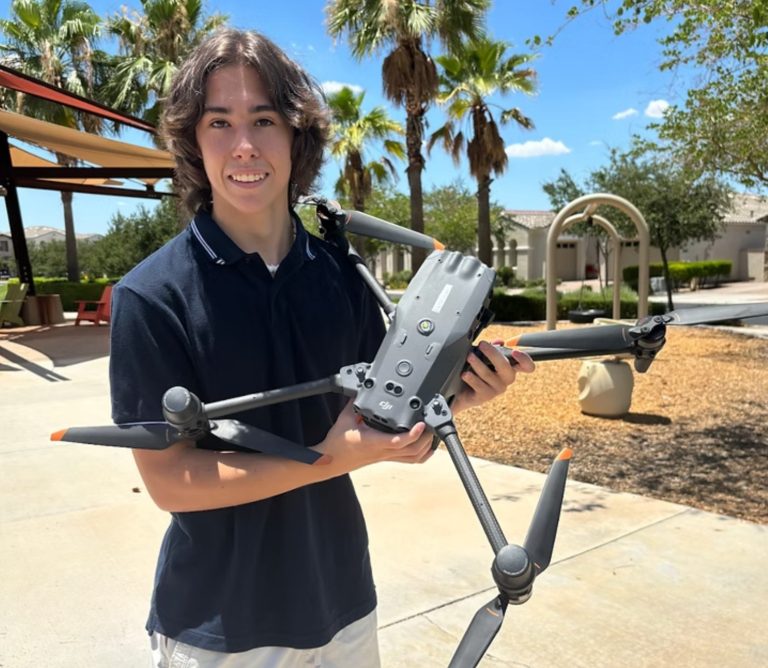
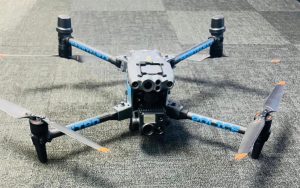

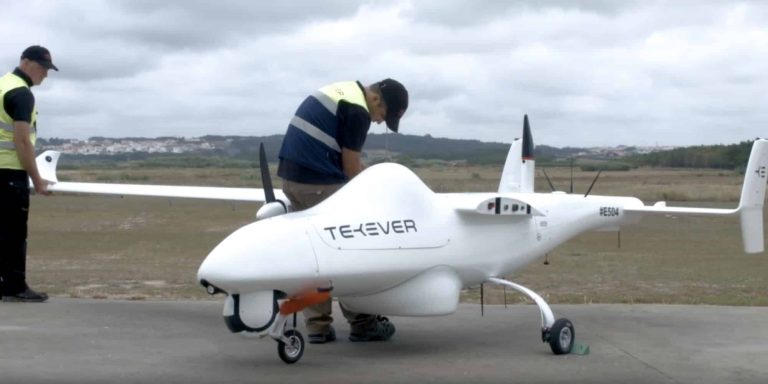
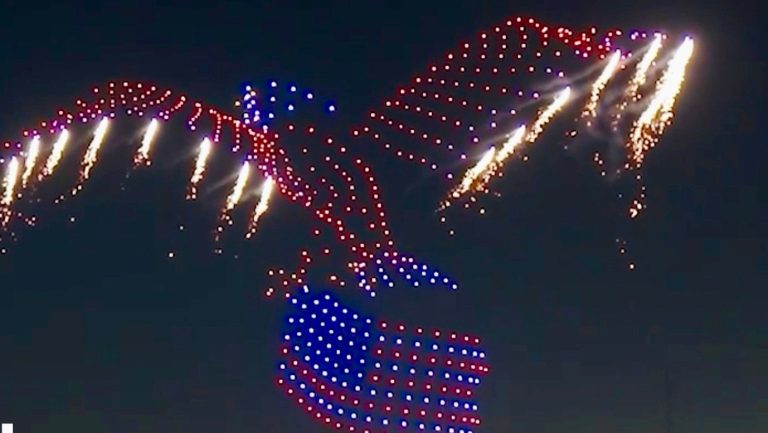

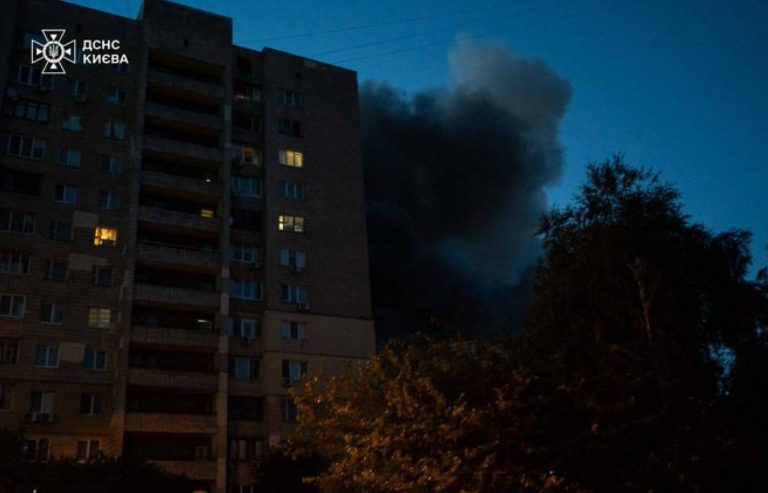
+ There are no comments
Add yours